Project 2024 Edition

Dublin Port City integration projects
A project supported by: Dublin Port Company
Completion date: 2022 (Pumphouse Heritage Area), 2023 (Substation), 2024 (Dublin Port Tolka Estuary Greenway)

To sum up
In addition to setting an objective to provide sufficient port capacity by 2040, the Dublin Port Masterplan of 2012, committed to re-integrating the Port with the City. Among other things, those projects have been designed to enhance the attractiveness of the port area for residents and tourists, mainly by promoting the port’s heritage. The rehabilitation of the Substation, the Tolka Estuary Greenway project and the Pumphouse heritage zone, are part of this strategy.
The former c.1923 electrical substation (PS) is part of the Port’s industrial heritage that has been reimagined as a multipurpose event space. Conserved according to best practice, extended with contemporary glass and concrete structures to double its footprint, with a glazed viewing panel within, to reveal the eighteenth-century sea wall below, illustrating the historic layering of the site, where the city once met the sea. The Substation takes part in the global development strategy for the port city by its adaptive reuse and preservation of cultural heritage while promoting sustainable urban development.
The Tolka Estuary Greenway is located on the northern fringe of Dublin Port & is a dedicated cycle & pedestrian route stretching 3km through Port lands previously not accessible by the public. A number of Stop Points are incorporated along the route which are contemporary public spaces on the water’s edge. This project contributes to enhance environmental and life quality with the planting of trees and improves the overall well-being of citizens, delivering social value and benefit for local communities.
The ‘Pumphouse’ project completes these developments. This former boat maintenance area is an integral part of Dublin Port’s Distributed Museum, which allows visitors to explore the port and discover its heritage and history. The site now hosts a diverse programme of events, including theatre performances, children’s art workshops, and art exhibitions. The surrounding public spaces have been redesigned to highlight the outstanding features of the port’s heritage such as old cranes and a lightship.
Design:
- Darmody Architecture (all): Tim Darmody, Jennifer Lynch, Sean Barrett
- Thirty Three Trees TTT- Landscape & urbanism: Jimi Shields & Maria Vlahos (Tolka Estuary Greenway)
- Austin & Associates Arborists: Tim Austen (Tolka Estuary Greenway)
- Conservation architect: Maol Iosa Molloy, Molloy & Associates (the Substation).
[Also as part of the architect led multi-disciplinary design teams; Roughan O’Donovan Environmental, Civil & Structural Engineering, RPS Town Planners (all), Cundall Electrical engineers (Tolka Estuary Greenway), DBFL Structural engineers (Substation, Pumphouse), Belton consulting mechanical & electrical-engineers (Substation, Pumphouse)].
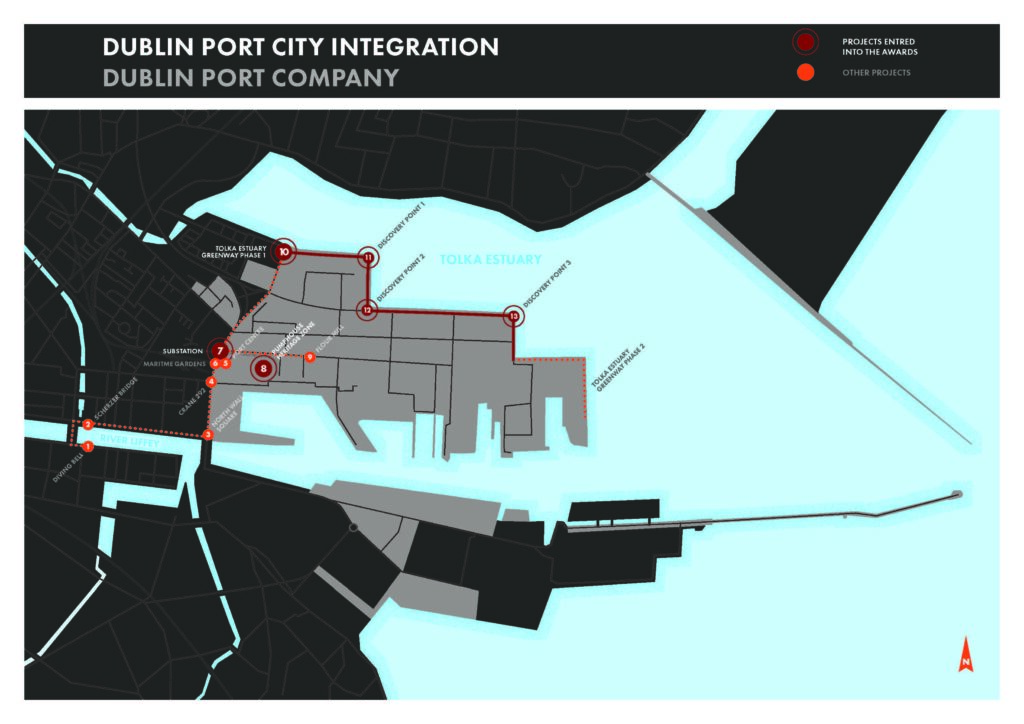
Positioning of the project in relation to the Agenda 2030’s goals*
*According to the Dublin Port Company
| Directly related | Indirectly related | Not related | |
| Goal 1: Climate change adaptation | x | ||
| Goal 2: Energy transition & circular economy | x | ||
| Goal 3: Sustainable mobility | x | ||
| Goal 4: Renewed governance | x | ||
| Goal 5: Investing in human | x | ||
| Goal 6: Port Culture & Identity | x | ||
| Goal 7: Quality food for all | x | ||
| Goal 8: Port city interface | x | ||
| Goal 9: Health & life quality | x | ||
| Goal 10: Protecting biodiversity | x |
Learn more about the AIVP commitment: Commitment – AIVP
Outstanding features:
- The Tolka Estuary Greenway makes a previously inaccessible part of the port accessible to the general public. As an integral part of EuroVelo 2, the European network of cycle routes, it helps to strengthen international passenger transport routes and partnerships. Local communities were involved in workshop sessions to set together the interpretative themes incorporating local history and culture.Local City councilors were also kept updated on key aspects important to their communities.
- Digital solutions have been integrated into the greenway project, including people counting, lighting and energy consumption control.
- The projects are part of an overall strategy to preserve and enhance the port heritage. They were carried out in close collaboration with Dublin City Planning and Conservation.
- The Substation project was carried out in such a way as to reduce the acoustic nuisance associated with its location (a busy road junction and proximity to a railway line). As an example, a wooden acoustic lining was installed on the ceiling of the glass extension;
- Renovation works on the electricity substation uncovered the remains of the 1720 dyke that marked the boundaries of the town before its expansion. These remains have been preserved and incorporated into the rehabilitation project.
- The Agenda 2030 by AIVP has been used as a guiding principle in the design and implementation of these projects.
Images of the project
Substation rehabilitation project
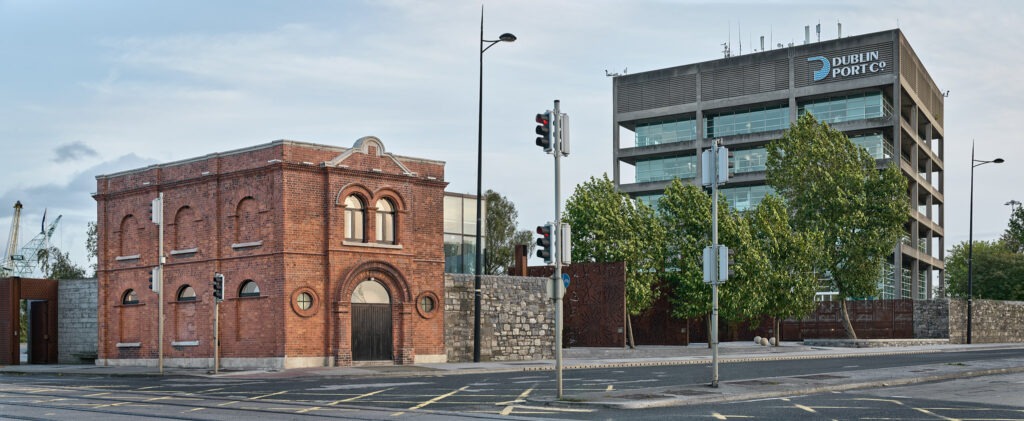
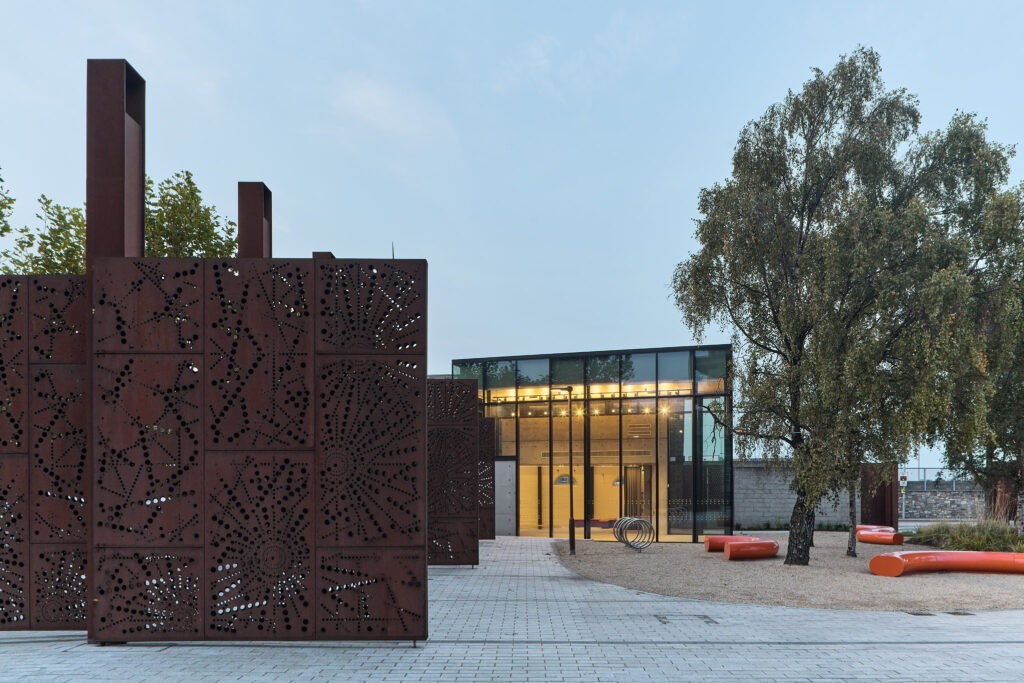
Tolka Estuary Greenway project
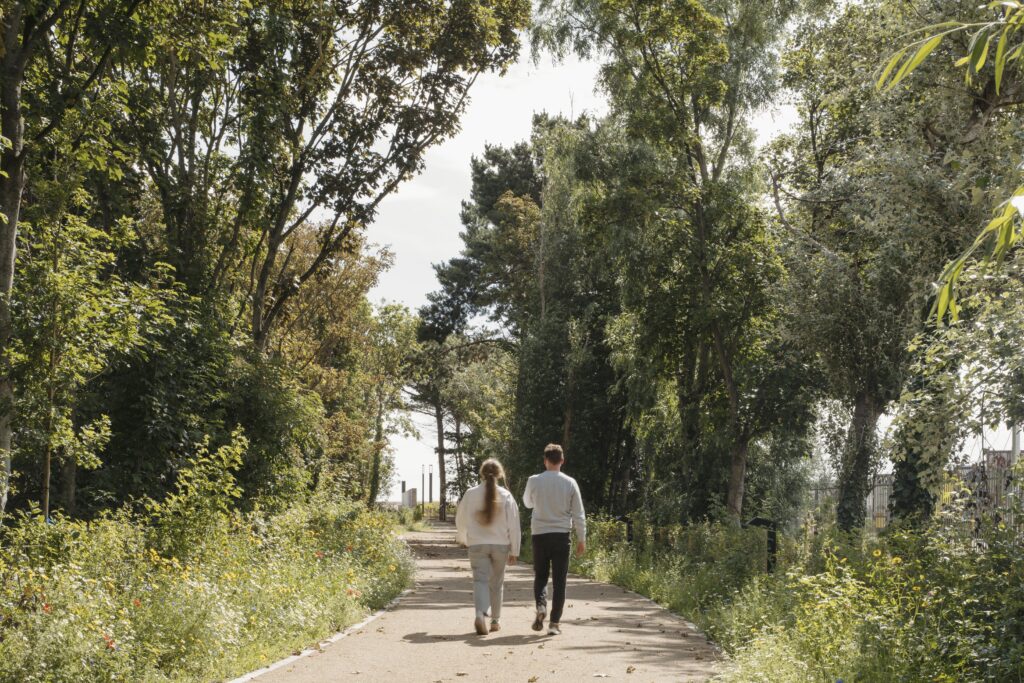
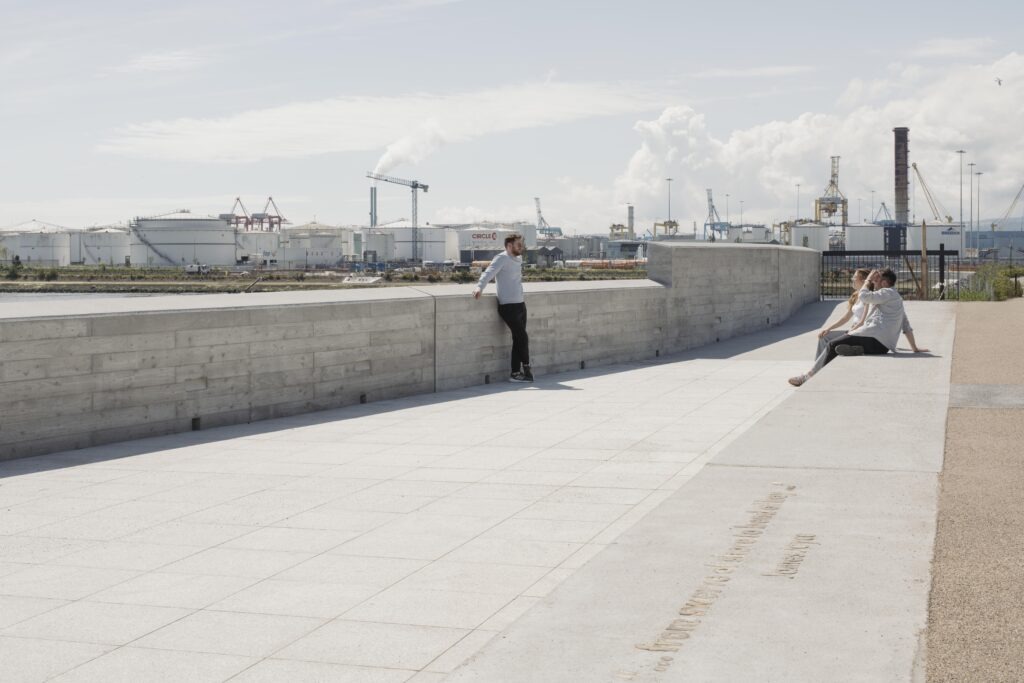
Pumphouse heritage zone
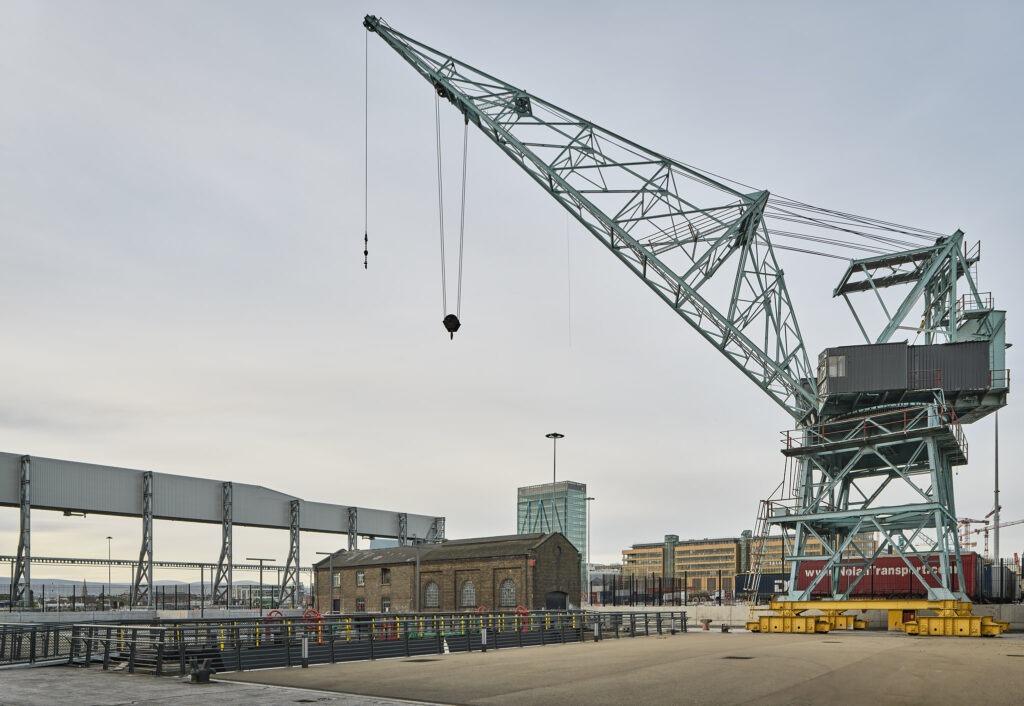
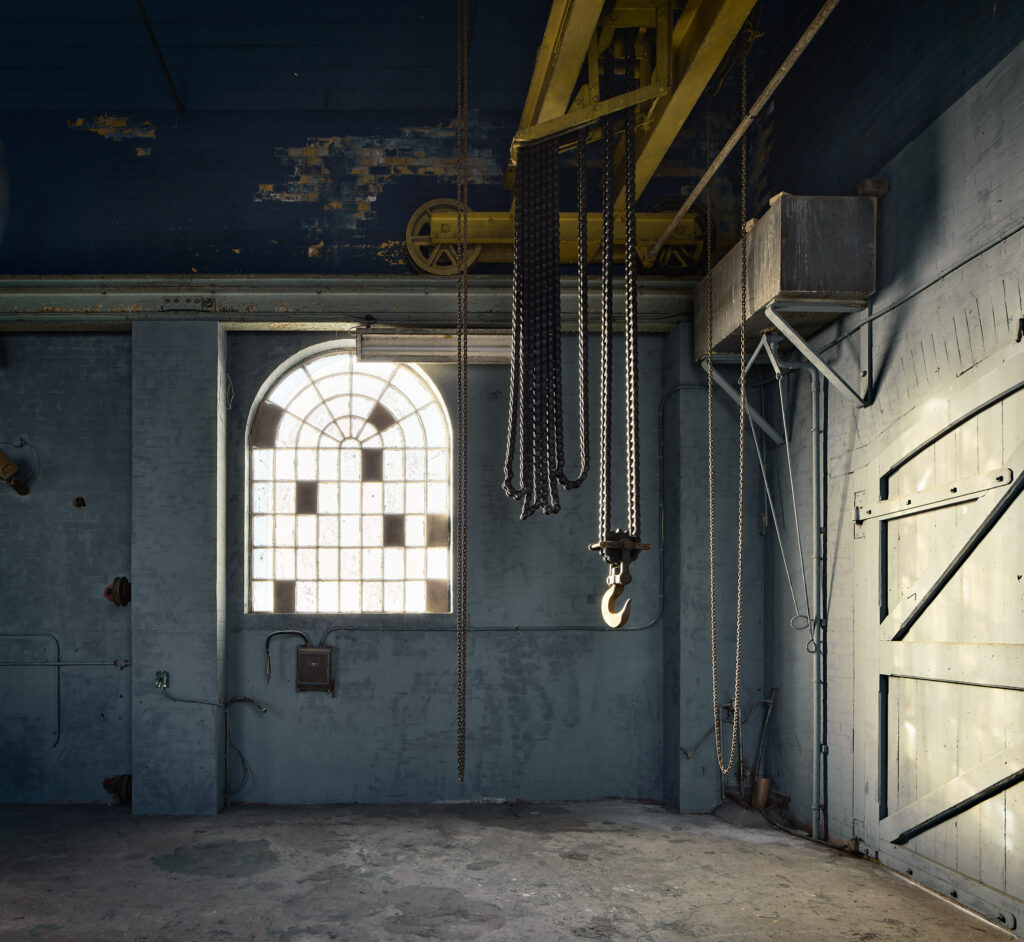
About the Dublin Port Company
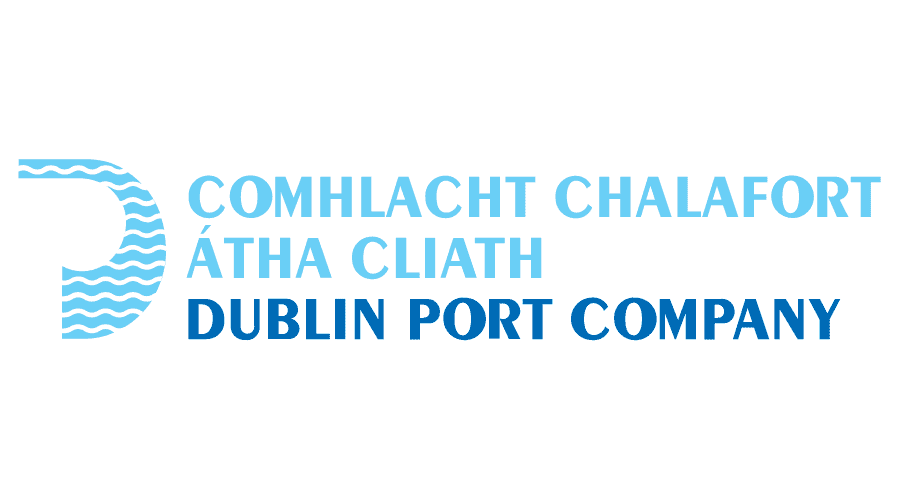
Dublin Port Company’s vision is that within five years, we will have transformed Dublin Port into a highly land efficient port, an attractive destination in its own right and permeable to the people of Dublin to enjoy and experience the port’s heritage in all its diversity from the natural environment to arts, to local history. Located on the eastern seaboard of Ireland at the confluence of the Liffey, Tolka and Dodder Rivers at Dublin bay, it is a key strategic access point for Ireland and is its busiest freight and passenger Port with strong links to its communities and City.
Back to projects